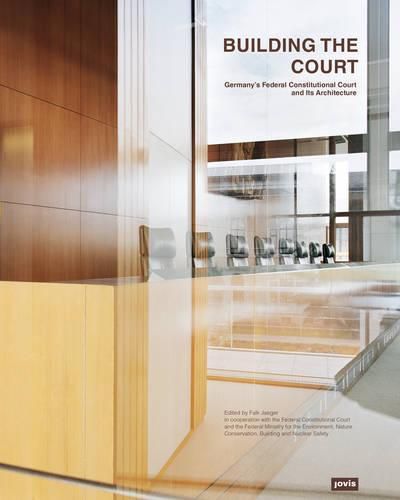Readings Newsletter
Become a Readings Member to make your shopping experience even easier.
Sign in or sign up for free!
You’re not far away from qualifying for FREE standard shipping within Australia
You’ve qualified for FREE standard shipping within Australia
The cart is loading…






After years of absence, the Federal Constitutional Court building is once again making an appearance on television screens, in reports about the activities of Germany’s highest court. After its extensive renovation, the Justices have moved back into their former official residence next to the Karlsruhe Castle. The building, erected according to plans by Paul Baumgarten in 1965-1969, does not represent the power of the state with imposing imperial architecture, but instead embodies a free, democratic spirit with its modern, transparent building forms. Its careful restoration was faithful to its origins and now the formerly inconspicuous building shines in a new splendor, and can be appreciated as one of the earliest examples of the new state architecture of the young Federal Republic of Germany. This book illuminates its building history, outlines the history and work of the court, and presents the building and its renovation in detail.
$9.00 standard shipping within Australia
FREE standard shipping within Australia for orders over $100.00
Express & International shipping calculated at checkout
After years of absence, the Federal Constitutional Court building is once again making an appearance on television screens, in reports about the activities of Germany’s highest court. After its extensive renovation, the Justices have moved back into their former official residence next to the Karlsruhe Castle. The building, erected according to plans by Paul Baumgarten in 1965-1969, does not represent the power of the state with imposing imperial architecture, but instead embodies a free, democratic spirit with its modern, transparent building forms. Its careful restoration was faithful to its origins and now the formerly inconspicuous building shines in a new splendor, and can be appreciated as one of the earliest examples of the new state architecture of the young Federal Republic of Germany. This book illuminates its building history, outlines the history and work of the court, and presents the building and its renovation in detail.